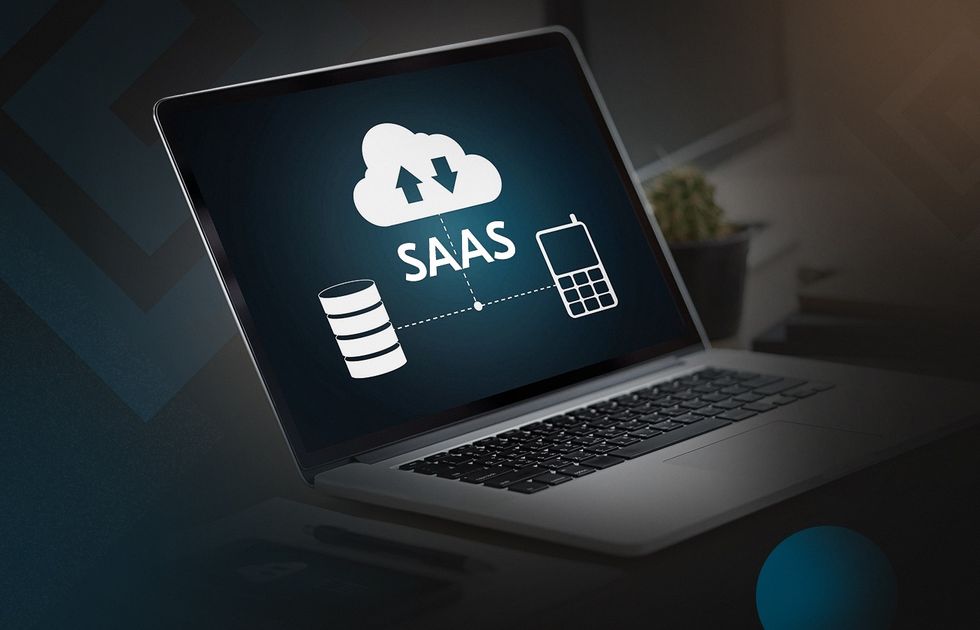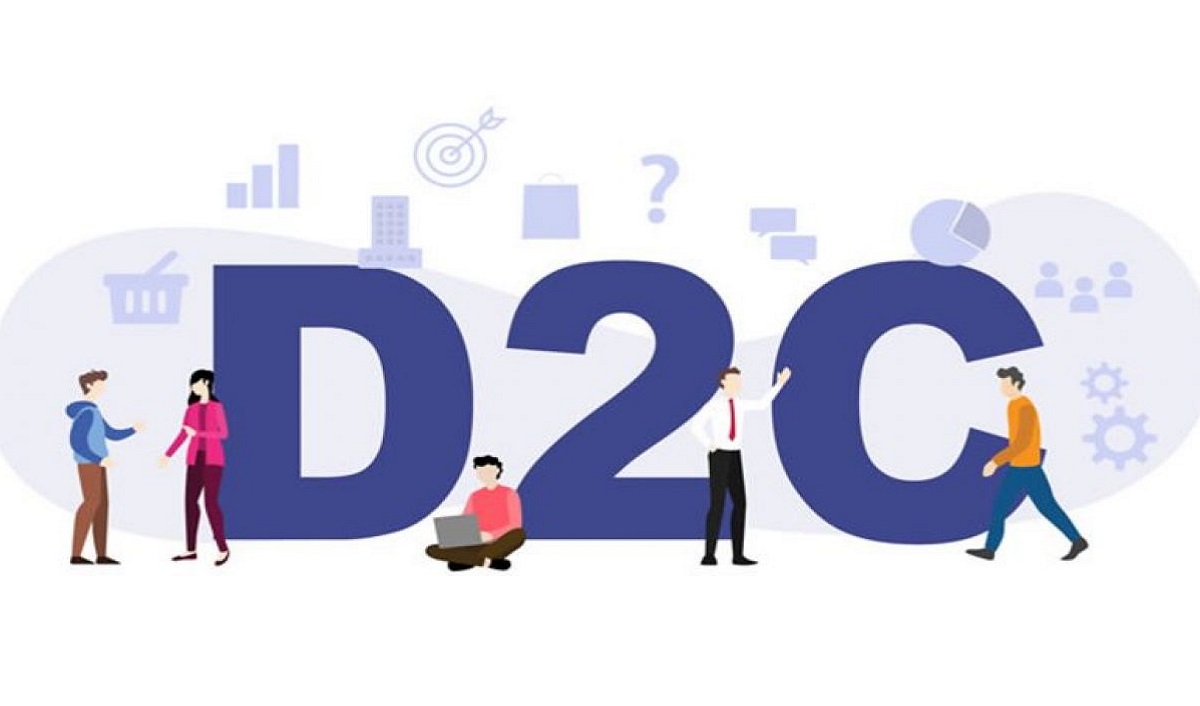For small business owners, every decision counts. You’re juggling multiple roles, managing tight budgets, and constantly looking for ways to grow and connect with your customers. In this dynamic environment, having the right tools can make all the difference. Enter Salesforce, a powerful platform often associated with large enterprises, but one that holds significant potential for small businesses as well.
This blog will explore the benefits of Salesforce for small businesses, delve into the cost considerations, and discuss potential future use cases.
Why Should Small Businesses Consider Salesforce? The Benefits
While the name “Salesforce” might conjure images of sprawling sales teams, the platform offers a suite of features that can be incredibly valuable for businesses of all sizes. Here are some key benefits for small businesses:
- Enhanced Customer Relationship Management (CRM): At its core, Salesforce helps you understand and manage your interactions with customers and prospects. This includes tracking leads, managing contacts, logging communications, and gaining a holistic view of your customer relationships. Imagine having all your customer information in one easily accessible place, allowing you to personalize interactions and build stronger connections. For example, you can quickly see past interactions, purchase history, and any outstanding issues before reaching out to a client.
- Improved Sales Processes: Salesforce can streamline your sales cycle, from lead generation to closing deals. You can track opportunities, automate follow-ups, and gain insights into your sales pipeline. This helps your sales team (even if it’s just you!) stay organized, prioritize efforts, and ultimately close more deals. For instance, you can set up automated email reminders for follow-ups with potential clients who haven’t responded.
- Marketing Automation: Certain Salesforce editions offer marketing automation tools that can help you nurture leads, run targeted email campaigns, and track marketing effectiveness. This allows you to reach the right customers with the right message at the right time, even with limited marketing resources. Think about setting up an automated welcome email series for new subscribers to your newsletter.
- Better Customer Service: Salesforce Service Cloud provides tools to manage customer inquiries, track support tickets, and provide efficient customer service. This can lead to happier customers and increased loyalty. For example, you can create a knowledge base of frequently asked questions to empower customers to find answers themselves, freeing up your time.
- Scalability: As your small business grows, Salesforce can scale with you. You can easily add users, features, and integrations as your needs evolve, ensuring that your CRM system remains a valuable asset. You won’t have to worry about outgrowing your software as your business expands.
- Data-Driven Insights: Salesforce provides robust reporting and analytics capabilities, allowing you to gain valuable insights into your sales performance, 1 marketing efforts, and customer behavior. This data can help you make informed decisions and optimize your business strategies. You can generate reports to see which marketing campaigns are driving the most leads or identify bottlenecks in your sales process. 1. apps.detikbangka.com apps.detikbangka.com
- Integration Capabilities: Salesforce can integrate with a wide range of other business tools, such as email marketing platforms, accounting software, and social media platforms. This creates a more connected and efficient workflow. For example, you can integrate Salesforce with your accounting software to have a complete view of a customer’s financial interactions with your business.
Navigating the Cost of Salesforce for Small Business
Cost is undoubtedly a significant factor for small businesses. Salesforce offers various editions and pricing plans, some specifically tailored for smaller teams. Here’s a general overview of cost considerations:
- Editions and Pricing: Salesforce offers different editions like Essentials, Professional, and Sales Cloud Growth. The Essentials edition is often the most affordable and designed for very small teams with basic CRM needs. As your needs grow, you can upgrade to more feature-rich editions. Pricing is typically per user per month. It’s crucial to carefully evaluate your business requirements to choose the edition that offers the necessary features without exceeding your budget.
- Implementation Costs: Beyond the subscription fees, consider potential implementation costs. While the Essentials edition is designed for easy self-setup, more complex implementations or customizations might require the help of a Salesforce consultant, which will add to the overall cost.
- AppExchange: The Salesforce AppExchange is a marketplace of third-party applications that extend the functionality of Salesforce. While many apps offer valuable features, some come with additional subscription costs. Carefully evaluate whether these apps are essential for your business needs.
- Long-Term ROI: While the initial cost might seem like an investment, consider the potential return on investment (ROI). Improved sales efficiency, better customer retention, and more effective marketing can ultimately lead to increased revenue and profitability, making Salesforce a worthwhile investment in the long run.
To get a clear understanding of the costs relevant to your specific small business, it’s recommended to:
- Explore the different Salesforce editions and their features.
- Request a personalized quote from Salesforce based on your team size and needs.
- Consider whether you’ll require external consulting for implementation or customization.
- Factor in the potential costs of any necessary AppExchange applications.
The Future of Salesforce for Small Businesses: Emerging Use Cases
Salesforce is a constantly evolving platform, and its potential for small businesses is likely to expand further in the future. Here are some potential emerging use cases:
- Hyper-Personalization: With advancements in AI and data analytics, Salesforce could enable even more granular customer segmentation and hyper-personalized marketing and sales interactions for small businesses. Imagine automatically tailoring product recommendations based on a customer’s browsing history and past purchases.
- AI-Powered Assistance: Salesforce Einstein, the platform’s AI capabilities, could become even more accessible and beneficial for small businesses. This could include AI-powered lead scoring, automated task management, and intelligent insights to guide business decisions. For example, AI could analyze your sales data and suggest the best times to contact specific leads.
- Mobile-First Experiences: As small business owners are often on the go, Salesforce will likely continue to enhance its mobile capabilities, providing seamless access to critical data and functionalities from anywhere. Imagine managing your leads and updating opportunities directly from your smartphone while traveling.
- Industry-Specific Solutions: Salesforce might develop more tailored solutions for specific small business industries, addressing their unique needs and challenges with pre-configured features and workflows. For instance, a specific Salesforce package for small retail businesses could include features for inventory management and point-of-sale integration.
- Deeper Integrations with Other Small Business Tools: Expect even tighter integrations with other popular small business platforms, creating a more unified and efficient ecosystem. This could involve seamless data sharing and automated workflows between Salesforce and tools like accounting software, project management platforms, and communication apps.
Conclusion
Salesforce is no longer just for large corporations. With its adaptable platform, various editions, and growing focus on small business needs, it presents a powerful opportunity for small businesses to enhance their customer relationships, streamline their processes, and drive growth. While cost is a consideration, the potential benefits and long-term ROI can make Salesforce a valuable investment. By understanding the current benefits, carefully evaluating the costs, and keeping an eye on future developments, small businesses can leverage the power of Salesforce to level up their operations and achieve their business goals.




